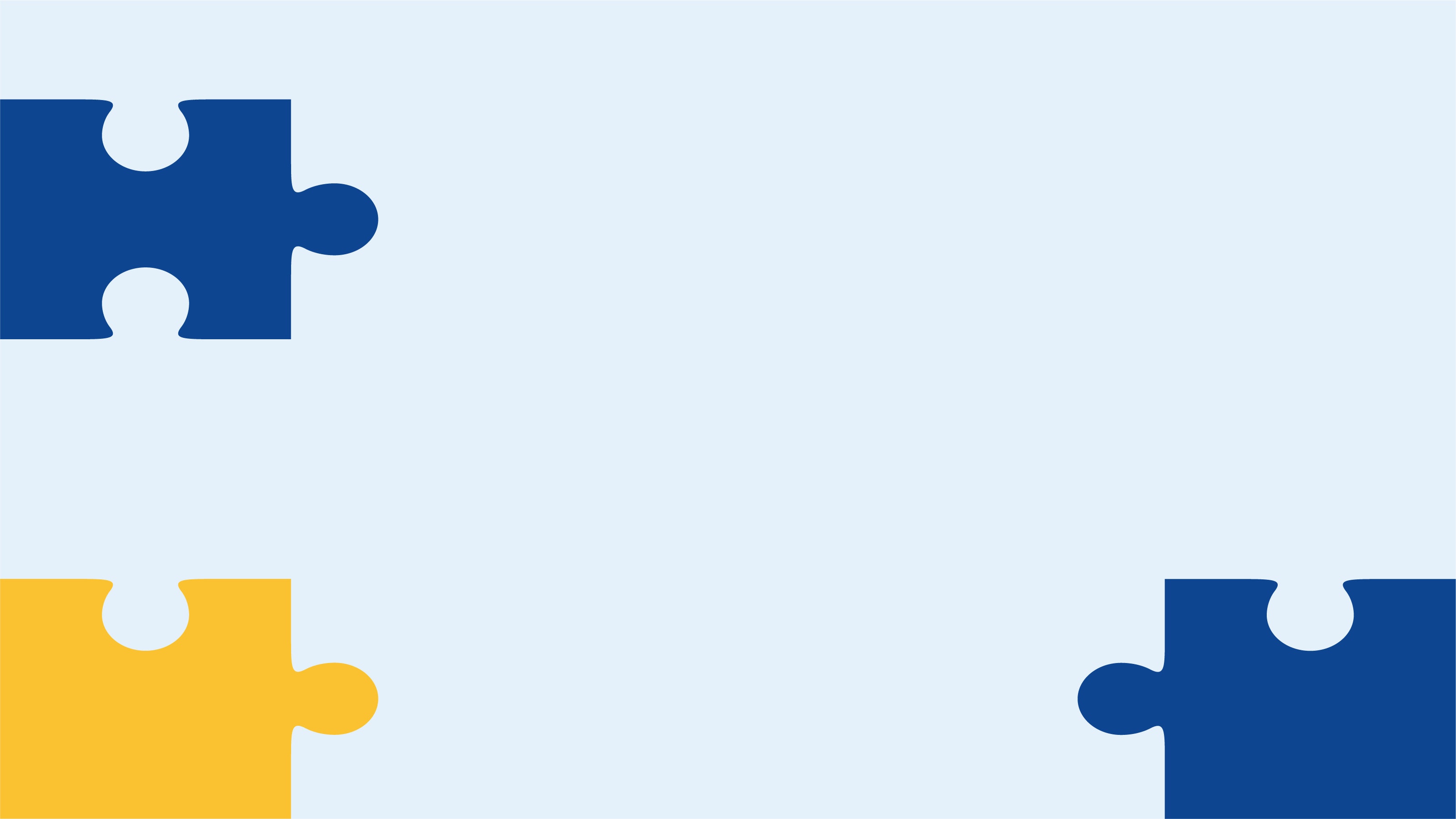Blog
Decoding corruption: The DATACORR database for better survey questions

No policy intervention against corruption is likely to succeed without a proper understanding of the underlying issues that cause corruption and allow it to thrive. Solutions require systematic collecting, managing, and interpreting corruption data from multiple sources using different research tools, including surveys.
Resources such as the Users' guide to measuring corruption and the Guide to using corruption measurements and analysis tools for development programming are very useful for policymakers looking to directly engage in corruption measurement. However, there is something more fundamental missing when it comes to measuring corruption: an easy-to-access repository of questions on corruption and integrity to simplify and speed up survey development in the field.
DATACORR's survey database
The Survey database on corruption and integrity (DATACORR) was created in 2020 to consolidate what is available and systematise what is new to measure corruption through people’s perceptions. The aim was to explore the corpus of current corruption questions before discussing their quality and adequacy.
The database consists of 3,050 survey questions on perceptions, attitudes, and experiences of corruption, included in 321 national and cross-national survey rounds, developed by 110 research projects from 83 different institutions worldwide. The database covers surveys from 1976 to 2019 and includes questions from prestigious survey series such as the Global Corruption Barometer, the World Values Surveys, the Special and Standard Eurobarometers, the Latinobarómetro, the Afrobarometer. DATACORR can be accessed freely on request and offers a fast and easy way to search for best-fit questions for a range of research.
Questions are grouped by target population (citizens or elites), governance level (national, subnational, or cross-national), region, and survey scope (exclusively on corruption or covering related issues). Only questionnaires available for consultation online in English, Spanish, Portuguese, French, and Italian were included. Resources were compiled between January 2019 and February 2020. Survey and question inclusion/exclusion was based on the unanimous decisions of four corruption experts (coders).
Two dimensions for measuring corruption
The researchers took advantage of recent findings that point to the existence of two dimensions for measuring corruption using perceptions, attitudes and self-reported experiences of individuals to shed light on their assessment of survey items. One dimension distinguishes between questions that assess self-reported personal experiences and self-centred perspectives of corruption (‘egocentric’) and questions that assess perceptions and attitudes towards corruption based on its society-wide incidence (‘sociotropic’); the other dimension evaluates the impact of corruption without specifying the conducts, practices, or behaviours that constitute corruption (‘generic’), versus specifying those factors (‘specific’). When these two dimensions are combined, the most relevant results emerge.
Designing better corruption surveys
So, what are we learning by studying the design of corruption surveys? What aspects are already consolidated and what is new?
In the 1980s and 1990s, survey questions were more ‘generic’ and ‘sociotropic’, as illustrated by an item from a 1996 Canadian survey cited in Politician, the public and political ethics: ‘the extent you agree with… Political corruption is a widespread problem in this country.’
More recently, surveys have become more ‘specific’ and self-centred, as exemplified by this item from the 2017 AmericasBarometer: ‘Did any government employee ask you for a bribe?’ In 30 years, the number of generic/sociotropic questions fell by around 25%. ‘Specific’ and ’egocentric’ questions rose to 20% of the total by the end of the 2010s.
It is worth noting that 35% of the questions available in DATACORR are from European surveys and 19% are from projects applied worldwide: only 5% come from Africa. Oceania has a relevant share of 10%, the Americas count for 17%, and Asia for 14%. Africa appeared as the only region where questions focused more on individual self-reported experiences with specific corrupt practices (36.7% of the total), suggesting that the way corruption is asked about could be conditioned by pre-existing perceptions regarding the prevalence of corruption in a given country/region.
Most questions addressed to elites (elected officials, civil servants, businessmen) are ‘generic’ and ‘sociotropic’ (70.3%), while those directed to citizens are more balanced, meaning that they are also ‘specific’ and ‘egocentric’ (25.4%). In elite surveys, nearly 60% of the questions are targeted to businessmen (40%) and civil servants (28.5%), while only 6% are aimed at politicians. Businessmen have been surveyed more often, with 67% of the questions from 2013 onwards.
Survey innovations to measure corruption
Over the past four decades, survey items have been primarily ‘generic’ and ‘sociotropic’, but there has been some innovation. New items have been tested in national and, (less frequently), cross-national surveys:
- Corruption in international business transactions, that asked representatives of Norwegian embassies in various developing or middle-income countries: ‘How often would you assume that Norwegian firms operating in the area are confronted with challenges related to illegitimate business practices, irregular payments and corruption?’
- There are two items from the Corruption and Ethics in Democracy: The Portuguese Case, 2006 population survey. The first asks how individuals act when they become aware of instances of corruption: ‘If you knew about a corruption case, would you report it?’ This is followed by another question for those who did not display prosocial behaviour, asking them their reasons for not reporting corruption. These examples are uncommon, but useful for whistleblowing policies.
Asking the right questions to decode corruption
An analysis based on the database suggests that how questions about corruption are designed and implemented can have an impact on political decisions. If most surveys continue to rely solely on the sociotropic perception of corruption (‘How widespread is corruption?’), they are likely to intensify, and perhaps amplify corruption as something pervasive in a given society or country. This is important, as it puts corruption on the policymakers’ radar, presenting it as an urgent issue. However, if we want to take a step forward, DATACORR's results show that adding individual-oriented questions about specific types of corruption may help policymakers decode what type of corruption is causing public concern. For example, issues such as: where it is more urgent to intervene; how individuals interact with/respond to certain control policies; and how effective they perceive those policies to be.
Integrity actors, such as anti-corruption non-governmental organisations, law enforcement agencies and anti-corruption agencies, can benefit from DATACORR to design better survey questionnaires that can answer the generic issues about corruption, and provide details on the more specific conducts and practices that motivate corruption. This improved information can provide clues for enhancing mechanisms to better detect and tackle corruption.
Anti-corruption measurement series
This blog series looks at recent anti-corruption measurement and assessment tools, and how they have been applied in practice at regional or global level, particularly in development programming.
Contributors include leading measurement, evaluation, and corruption experts invited by U4 to share up-to-date insights during 2024–2025. (Series editors are Sofie Arjon Schütte and Joseph Pozsgai-Alvarez).
Explore the other blogs in the series.
Sign up to the U4 Newsletter to get updates, or follow us on LinkedIn.
Disclaimer
All views in this text are the author(s)’, and may differ from the U4 partner agencies’ policies.
This work is licenced under a Creative Commons Attribution-NonCommercial-NoDerivatives 4.0 International licence (CC BY-NC-ND 4.0)


